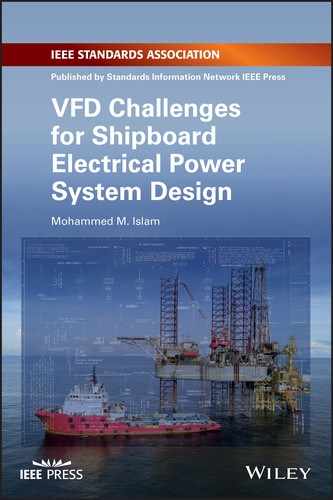Book Description
An in-depth exploration of shipboard power generation and distribution system design that utilizes variable frequency drives
The variable frequency drive (VFD) application is a proven technology for shore-based applications. However, shore-based VFDs often are unsuitable for shipboard applications because the power generation and distribution fundamentals are completely different. VFD Challenges for Shipboard Electrical Power System Design explores the problems presented by variable frequency drives as they are applied in shipboard power generation and distribution system design and offers solutions for meeting these challenges.
VFDs with configurations such as six pulse drive, 12 pulse drive, 18 pulse drive, active front end, pulse width modulation and many others generate many different levels of harmonics. These harmonics are often much higher than the regulations allow. This book covers a range of techniques used to provide ships with efficient energy that minimizes mechanical and electrical stress. This important book:
- Offers a comparison of shipboard grounding and VFD grounding
- Contains an analysis of the VFD effect in terms of shipboard power quality
- Includes specific examples of Department of Transportation standards regarding VFDs
Written for commercial and naval engineers designing ships and/or shipboard power systems, VFD Challenges for Shipboard Electrical Power System Design is a comprehensive resource that addresses the problems and solutions associated with shipboard applications of VFD.
